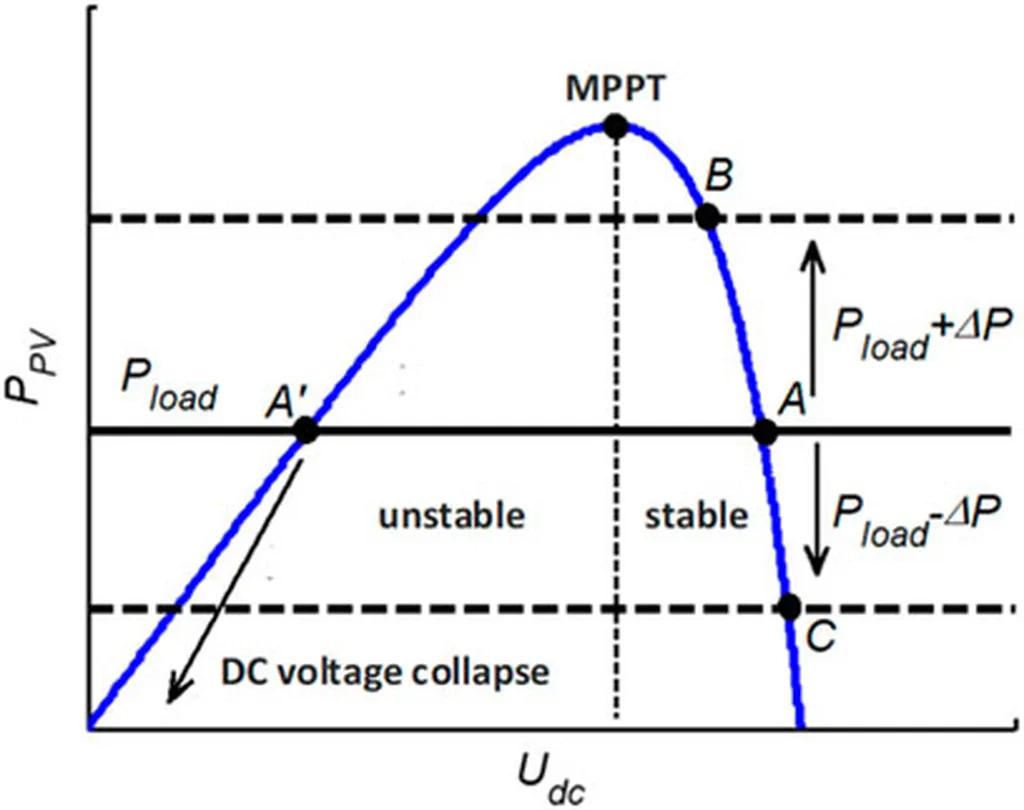In a significant stride towards stabilizing power grids burdened by renewable energy integration, researchers have developed a novel control strategy for photovoltaic (PV) inverters that mimics the behavior of traditional synchronous generators. This innovation, published in the journal *Control and Automation* (originally *Kongzhi Yu Xinxi Jishu*), addresses the critical issue of declining grid inertia as more power electronic converters, like those in PV and wind systems, connect to the grid.
The lead author, YIN Haibo, and his team have proposed a grid-forming control strategy that enables PV inverters to actively support the grid, particularly in weak grid environments or during faults. “Our strategy includes an active frequency control loop and a reactive voltage control loop, inspired by the mechanical and electrical equations of synchronous generators,” YIN explained. This approach allows PV inverters to simulate the primary frequency and voltage regulation functions of conventional power plants, providing much-needed inertia and stability to the grid.
The implications for the energy sector are substantial. As renewable energy penetration increases, grid operators face challenges in maintaining stability and reliability. This research offers a solution that could enhance grid resilience and facilitate the integration of more renewable energy sources. “The proposed control strategy enables photovoltaic inverters to actively support grids and adjust system inertia,” YIN noted, highlighting the potential for improved grid performance and reduced risk of disconnection during faults.
To validate their approach, the researchers conducted simulation experiments and hardware-in-loop tests using a specialized simulation platform and controller hardware chassis. The results demonstrated the inverters’ capabilities in adjusting output active and reactive power in response to grid faults, ensuring continuous operation without disconnection.
The commercial impacts of this research are far-reaching. Grid-forming PV inverters equipped with this control strategy could become a standard in the renewable energy sector, enhancing the stability and reliability of power grids worldwide. As YIN Haibo’s work gains traction, it could pave the way for future developments in grid-forming technologies, ultimately shaping a more resilient and sustainable energy landscape.
This breakthrough research, published in *Control and Automation*, marks a significant step forward in the quest for grid stability and renewable energy integration, offering promising solutions for the energy sector’s most pressing challenges.

